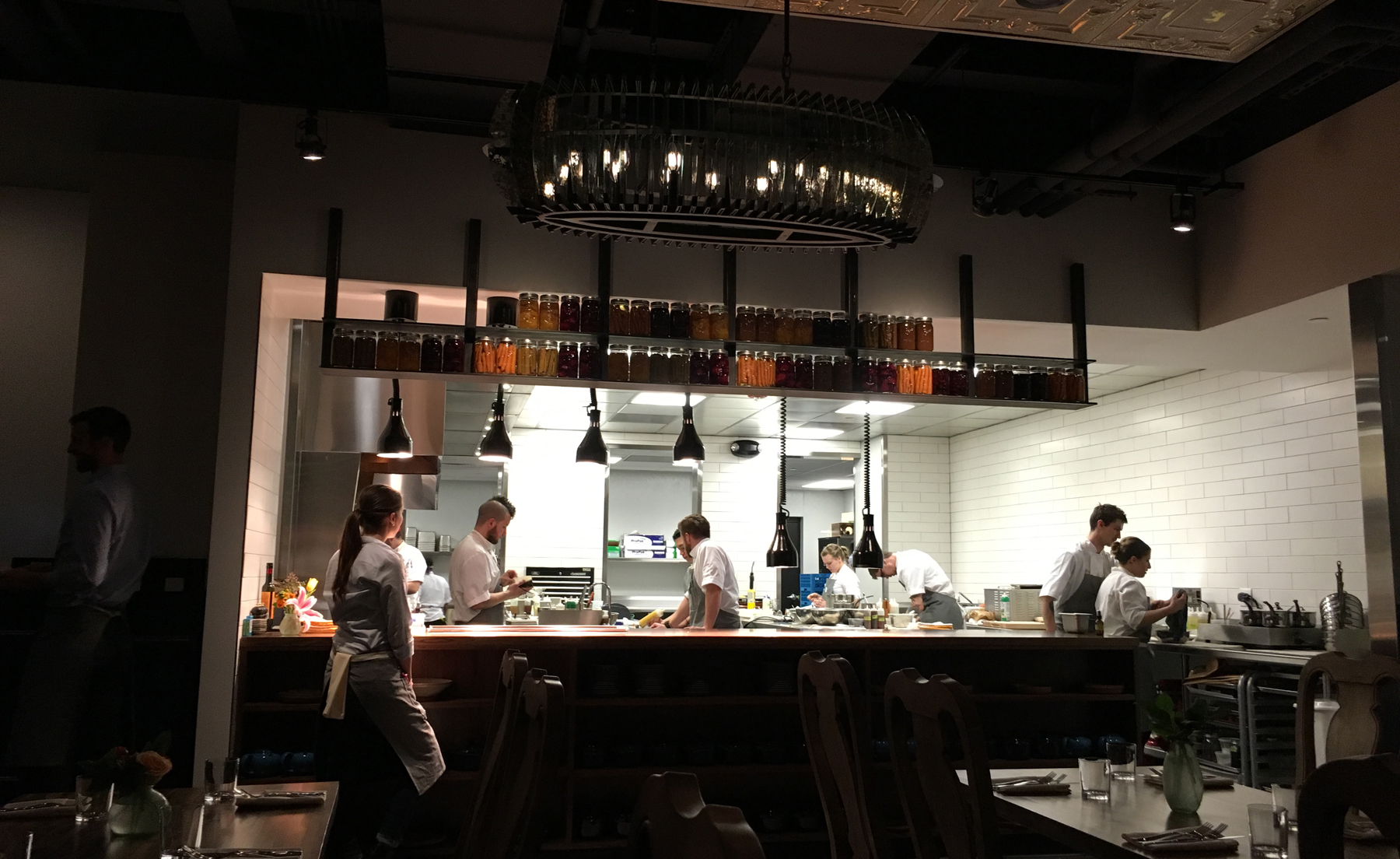
I recently had the pleasure of dining at a popular new restaurant in town that recently opened. I’d estimate the restaurant was at least a multi-million buildout given the well-equipped kitchen and beautiful interior design. The restaurant features an open kitchen that faces the main dining room (which works well because their kitchen is outfitted with top-of-the-line restaurant equipment that’s stunning to watch someone cook with). Unlike other open kitchen concepts I’d seen, the kitchen wasn’t placed behind a large piece of glass or a small pass window; located just a few feet away from the first row of tables, the only separation between the kitchen and dining room was a long table at the pass.
Sounds lovely, doesn’t it?
It was…until my mother and I overheard a scuffle between the expeditor and our server over our request to have our beef dish re-fired and cooked well done. Some background: our server neglected to ask us to what temperature we wanted the beef cooked, and we forgot to specify. Our server graciously whisked away the dish to get it re-fired for us, but the expeditor at the pass was more than a little peeved in requesting Wagyu beef to a temperature beyond medium rare.
“You know how chefs are,” our server graciously answered when I inquired about the conflict.
When you work for a restaurant supply company, and you have a fervent passion for cooking and food, you do know how chefs are. And whether or not the chef was correct in stating that the Wagyu beef cooked to medium rare was already at the perfect temperature is beside the point—if your customer wants a Pinot Grigio with his steak, you let him. Egos are common in the kitchen and sometimes that ego turns elitist. Who cares if your client wants an overcooked piece of meat—they’re the ones eating it, right?
After my inquiry, our server returned with an offer of an additional glass of wine on the house for each of us so that we could enjoy it with our meal. We appreciated the gesture, and because of it we won’t hesitate about coming again. However, from the restaurant’s point of view, you’re out 2 glasses of wine (at $15 each) because someone couldn’t keep their mouth shut. It’s an easy mistake to make, but it could certainly get costly if it happens more often.
When designing your restaurant, seriously consider if the open kitchen concept will work for you. Not only does it prevent cooks (and servers) from venting about particularly frustrating customers (and hey, maybe that’s not a bad thing), but most “kitchen talk” might be frowned upon your main clientele. Fact is, open concepts might help keep staff to tow the line but it could also affect your overall tone and synergy in the kitchen.
Still want an open kitchen without affecting the dining area? Try an open concept behind glass. Diners will love watching chefs cook but there’s little risk of actually offending any of them.
